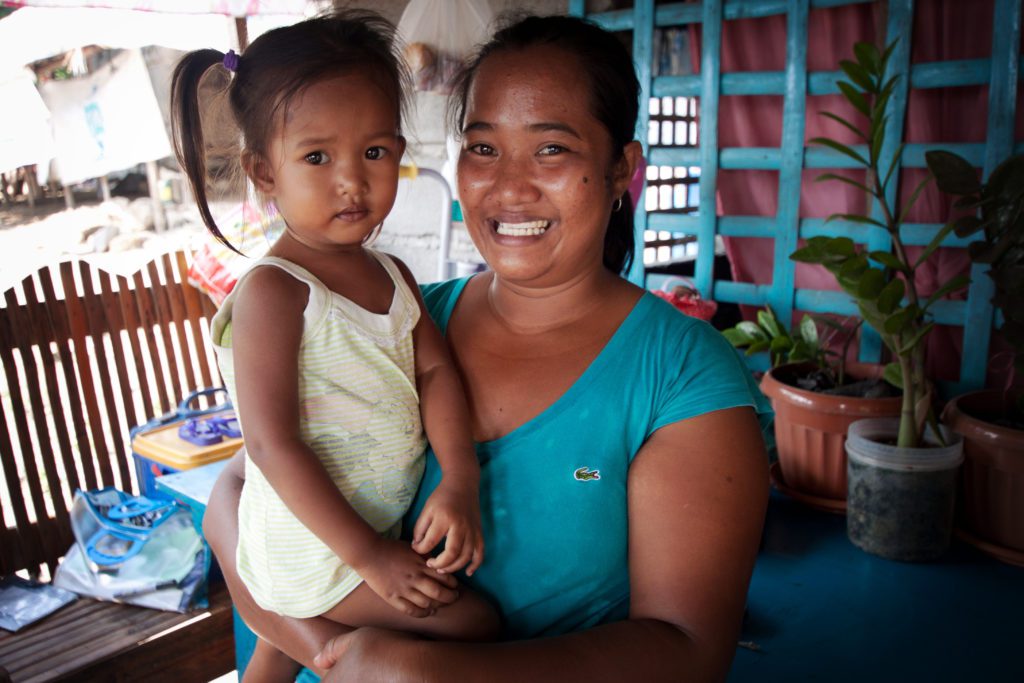Today, The World Health Organization (WHO) will launch guidelines for screening and treatment of cervical pre-cancer lesions for cervical cancer prevention. Supported by researchers at The Daffodil Centre, these updated recommendations provide important guidance to countries to support them in achieving the 90-70-90 targets related to vaccination, screening and treatment to prevent and control cervical cancer.
The central role of our researchers
Researchers in The Daffodil Centre’s Cervical Cancer and HPV Stream have supported the development of both the WHO recommendations and the new IARC Handbook for Cervical Screening, which are both to be launched today.
The research team were one of three groups to form the WHO Cervical Cancer Elimination Modelling Consortium which was co-led by The Daffodil Centre’s Director, Professor Karen Canfell. The Consortia’s work was presented and discussed at the Executive Board of the World Health Assembly in 2020 and supported the formal resolution by WHO to adopt the global strategy for the acceleration of cervical cancer elimination in late 2020.
To further support the implementation of WHO’s global strategy, the team at The Daffodil Centre has continued to work with WHO and their expert Guidelines Development Group though 2020-21, to synthesise evidence and model outcomes on best practices for cervical screening. This work supports the revision of the WHO’s international cervical screening guidelines, which were last updated in 2013. Led by Prof Canfell, the team included Dr Kate Simms, Dr Adam Keane, Dr Diep Noc Nguyen, Dr Michael Caruana, Ms Michaela Hall and Ms Gigi Lui.
Professor Canfell was also one of the individual experts involved in reviewing and integrating global evidence on screening tests into the new IARC Handbook on Cervical Cancer Screening, which also contributed to the evidence review process for the WHO guidelines.
Professor Canfell said “We were delighted to support these important international processes for reviewing the global evidence on cervical cancer screening, which will be key to supporting and enabling countries to scale up cervical screening as an essential pillar of the cervical cancer elimination goal. The new WHO guidelines and the IARC Handbook on Cervical Screening both support the greater effectiveness and cost-effectiveness of primary HPV screening compared to other screening approaches .”
Dr Kate Simms said “We used our Policy1-Cervix model to examine the impact of different approaches to screen-and-treat and screen-triage-and-treat across 78 low- and lower-middle-income countries. We also used a separate model specifically to reflect the impact of screening in women living with HIV.
“This helped inform the WHO Guidelines Development Group about the implications of using various primary screening technologies, triaging and treatment approaches. We concluded that primary HPV screening approaches were the most effective, the most cost-effective, and provided the best balance of benefits to harms for both the general population and women living with HIV in low- and lower-middle-income countries” Dr Simms added.
The potential of screening by self-collection
HPV testing using a self-collected sample (as opposed to a sample obtained by a clinician via speculum exam) has been shown to be a highly effective option for cervical screening across many populations and has the potential to play a significant role in the realisation of the global screening targets.
Professor Canfell said “The potential of self-collection is immense. Women worldwide are embracing the self-determination that it enables. The new WHO cervical screening guidelines, launched today, focus on HPV screening with point-of-care and self-collection options. For example, self-collection is underpinning a major new initiative to eliminate cervical cancer in the Western Pacific, which is supported by the NHMRC Centre for Cervical Cancer Control.”
In Australia, the Medical Services Advisory Committee recently recommended the use self-collection for HPV testing as a mainstream option in the National Cervical Screening Program. Self-collection is currently only available to women are overdue or who have never been screened have the option to take a sample themselves.
Professor Canfell said “International research has shown that self-collection is as accurate as a sample taken by a clinician. A recent study by Dr Megan Smith and other researchers at The Daffodil Centre has also shown self-collection in Australia would be an effective approach to further reduce cervical cancer incidence by helping to reach more women who are not currently participating in screening.”
Read more about the research of our Cervical Cancer and HPV Stream.
Background
The Daffodil Centre researchers have led evaluations of new cancer screening approaches for government agencies in several countries. The Daffodil Centre currently leads an NHMRC Centre of Research Excellence in Cervical Cancer Control (C4) and co-leads Compass, Australia’s largest clinical trial (76,000 women) which is the first major international experience of cervical screening in an HPV-vaccinated population.
The work of The Daffodil Centre’s researchers underpinned the 2017 transition of the National Cervical Screening Program in Australia from Pap smears to 5-yearly HPV-based screening.
Led by Professor Canfell, the team first proposed the current threshold for cervical cancer elimination and performed the first modelling of elimination in any country, showing that Australia is on track to be the first country in the world to support this milestone.



